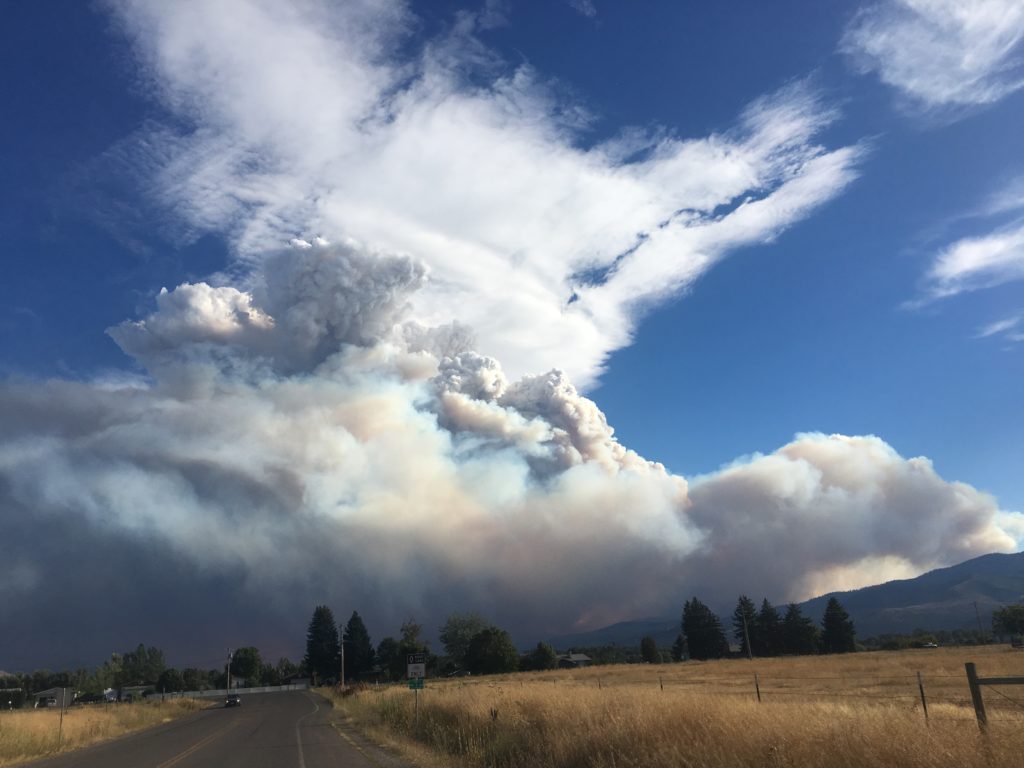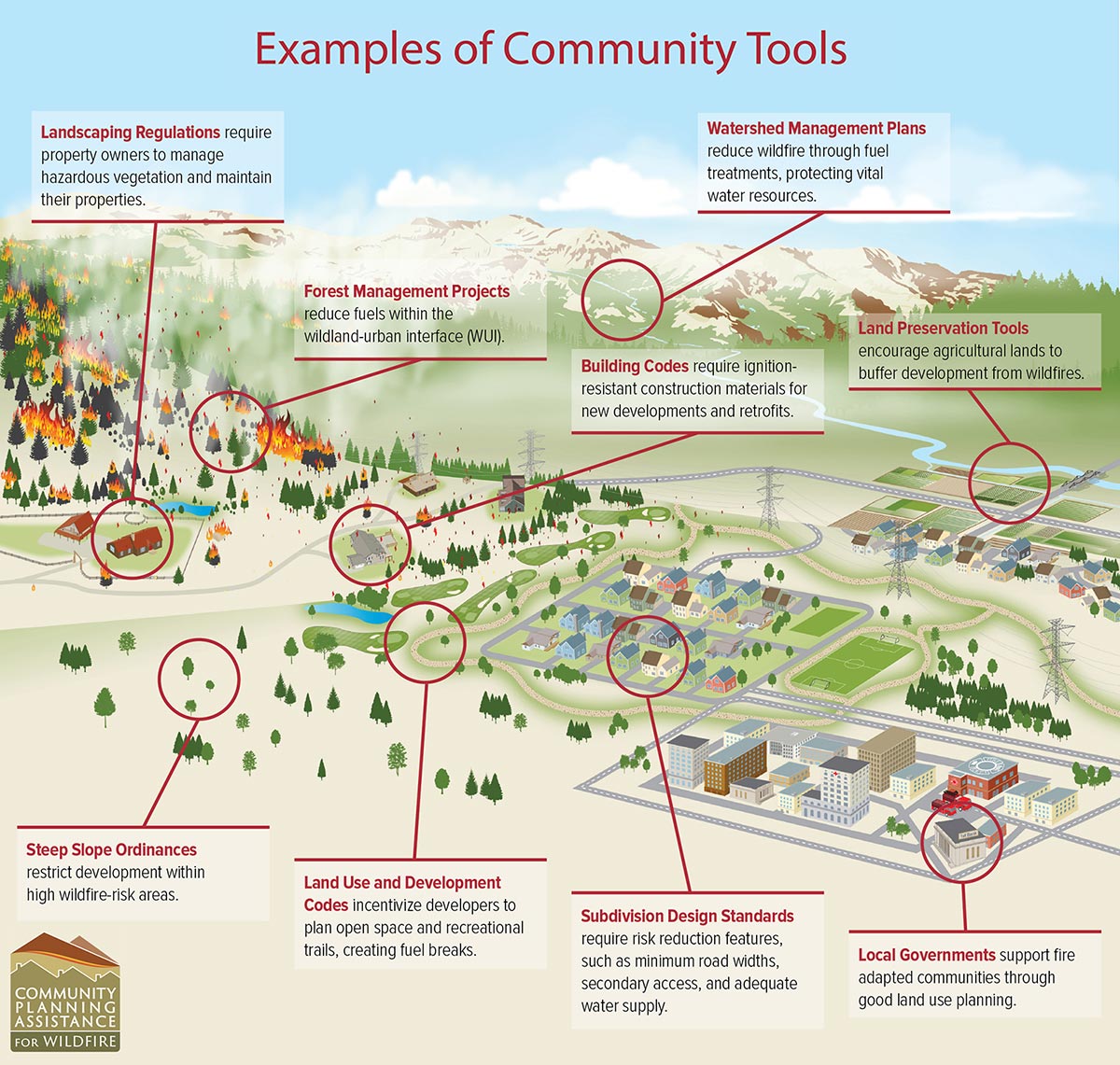
The summer I turned 11, two things forever changed my perspective.
First, I got glasses to correct my nearsightedness. Suddenly I could make out individual leaves on trees and clearly see the peaks of the Tobacco Roots on the distant horizon.
Later that summer, Yellowstone caught on fire. My family made a trip down to Mammoth to witness the event, and my new glasses enabled me to see an ember storm in a line of fire against the black sky.
The 1988 fires sharpened my perspective and made an enduring impression. Like many of us in the Greater Yellowstone area, I began to understand how our ecosystem evolved with wildfire and that fire is a necessary part of a healthy Rocky Mountain forest.
But 30 years later, we are not any closer to living comfortably with wildfire in our backyards — partly because our backyards are more frequently being built within fire-prone lands without the benefit of careful planning.
In the last 15 years more than 4,000 communities were threatened by fires across the country. Since the 1980s, the average number of U.S. homes lost to wildfire each year has increased eight-fold.
Tragically these wildfires lead to death, injuries, and loss of people’s homes and livelihoods. They also cost U.S. taxpayers an average of $3 billion per year, taking funding away from other critical services. In Montana last year, we had 21 large fires that burned more than a million acres and cost $280 million in firefighting costs alone.
Firefighting costs, though, are just a fraction of the long-term consequences communities must bear. Recent research by Headwaters Economics estimates that, on average, fire suppression represents less than 10 percent of all costs. The remaining 90 percent is from long-term costs such as health effects, rising insurance rates, lost business and tax revenue, damage to infrastructure, and loss of natural services like water filtration.
The growing wildfire problem can be partly blamed on the effects of climate change and decades of aggressive fire suppression that resulted in overstocked forests. But the reality is that fires are impacting us more frequently and profoundly because homes are being built in wildfire-prone areas. Everyone seems to want to have the National Forest as their backyard.
Nationally more than 60 percent of all new homes are being constructed in the wildland-urban interface—the area where flammable vegetation and communities come together.
Fortunately, we have an opportunity to change this trend. The wildland-urban interface is only 16 percent developed in the western U.S., and just 9 percent in Montana. This leaves 91 percent of at-risk lands that could be further developed, unless we act now to direct where and under what conditions communities permit new homes.
Three years ago, Headwaters Economics helped created an ambitious program funded by the U.S. Forest Service and the LOR Foundation to help communities reduce the risk from wildfire by improving their land use practices. Through this program, communities receive cutting-edge science in wildfire risk and building safety to inform land use tools such as growth policies, building codes, zoning and landscape ordinances.
To date, 26 communities from 13 states have participated in our Community Planning Assistance for Wildfire (CPAW) program, including Park, Lewis and Clark, and Missoula counties in Montana. These communities are leaders in creating strategies to grow safely in a world with wildfire.
After decades of fire suppression and with a changing climate, we can no longer afford to be nearsighted in our land use planning. If we want to live in fire-adapted landscapes, our communities need to be fire-adapted, too. Forward-thinking, proactive land use planning can help us get there.
 Editor’s note: A timely
Editor’s note: A timely